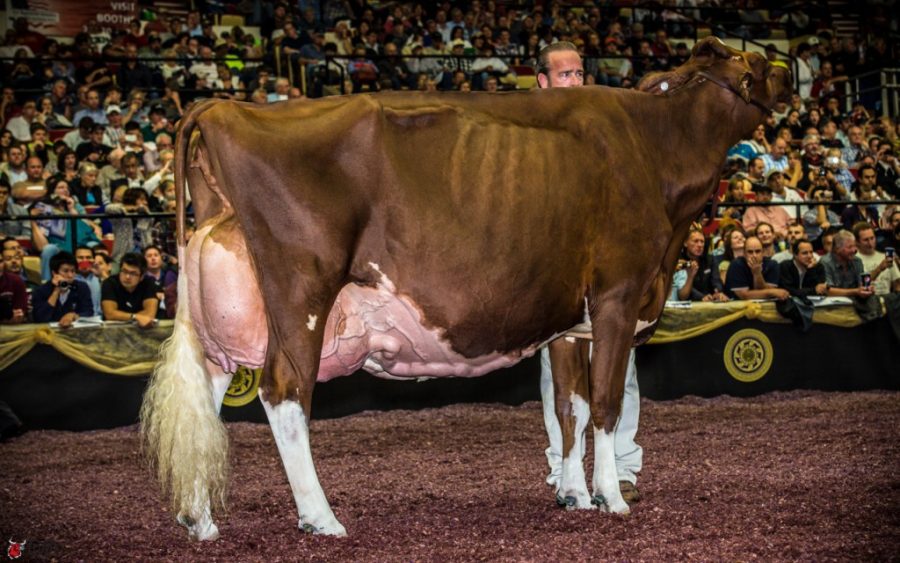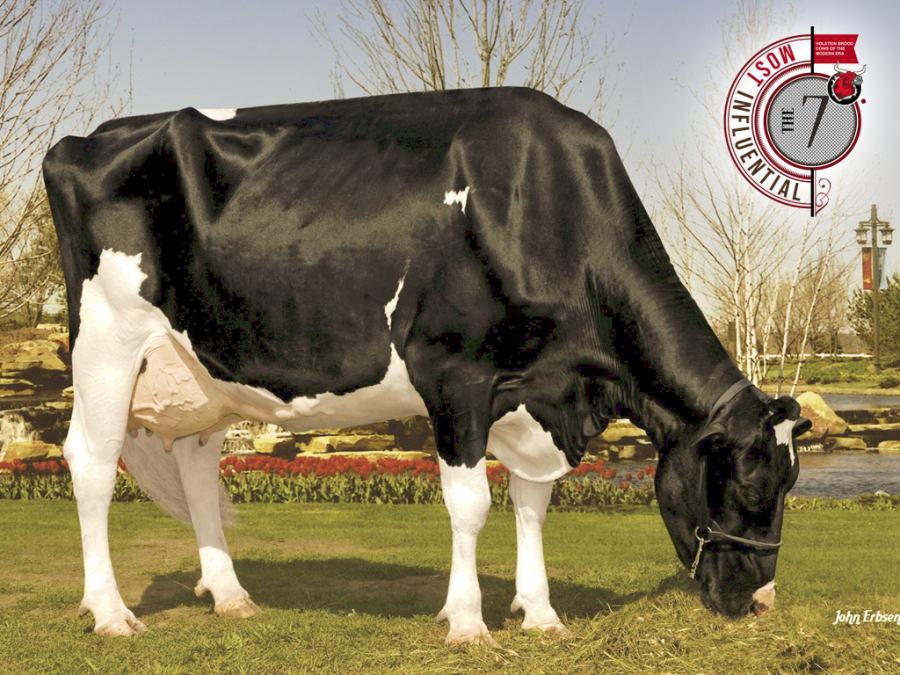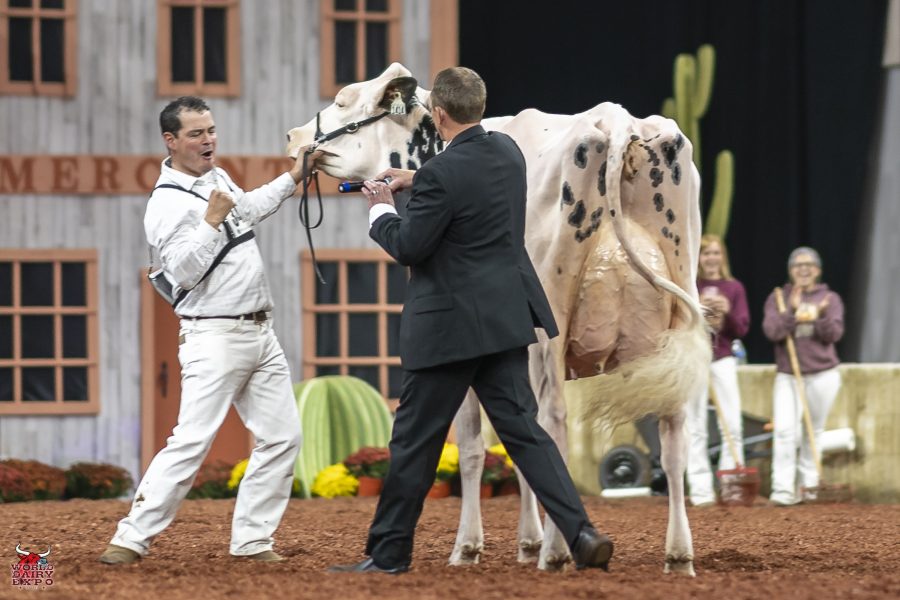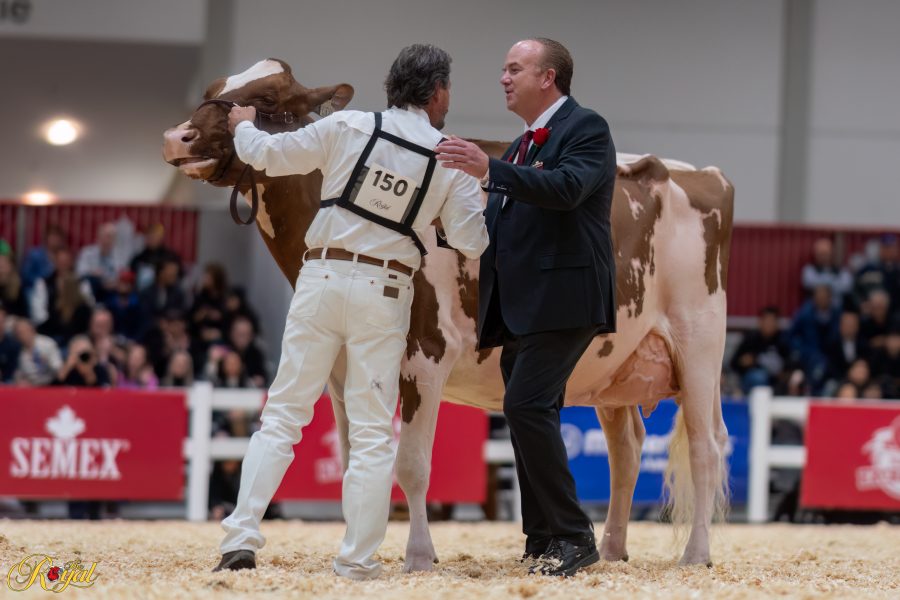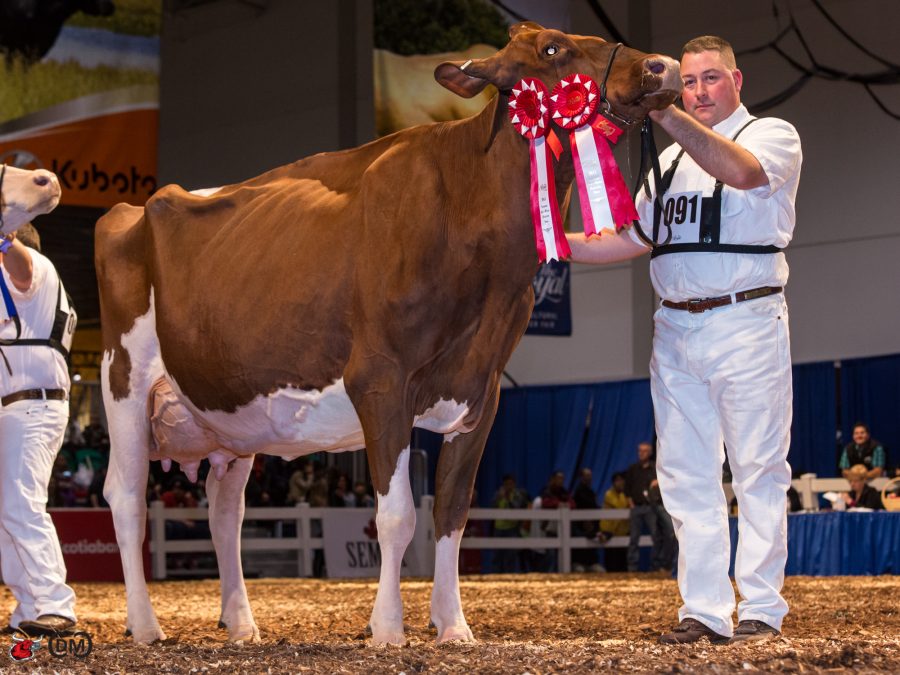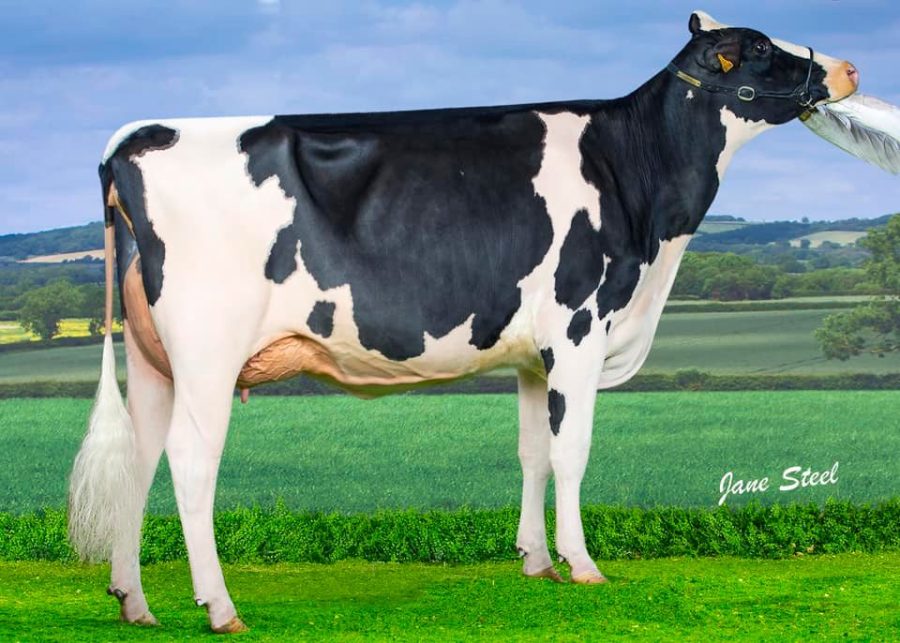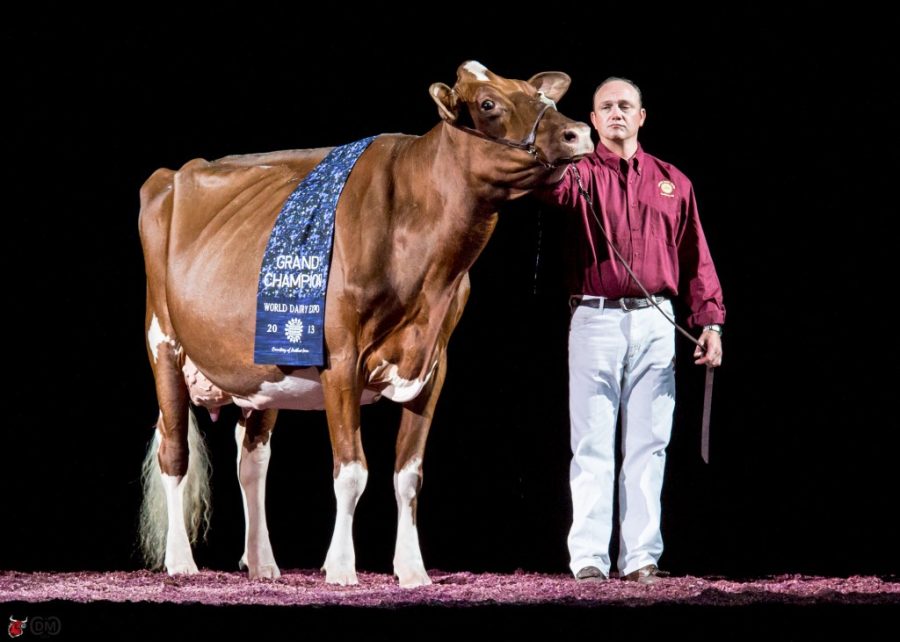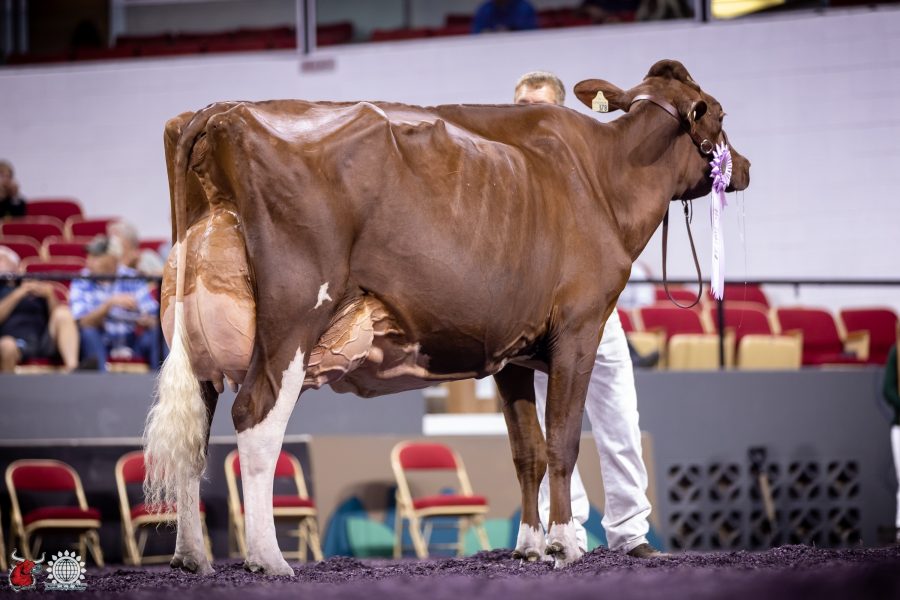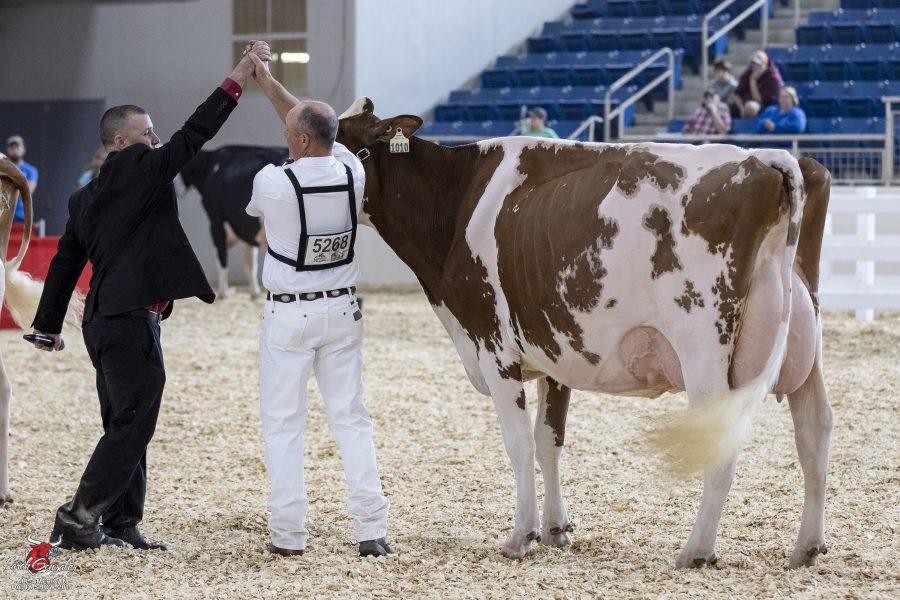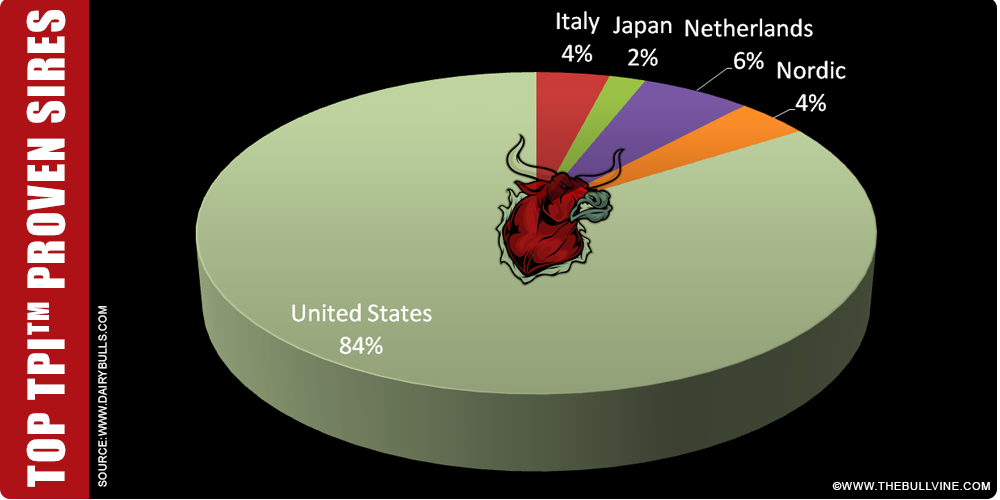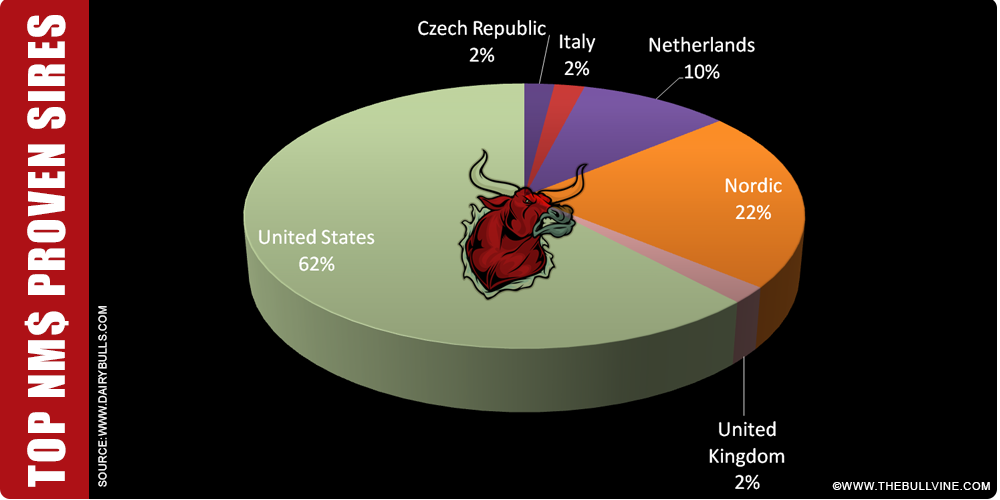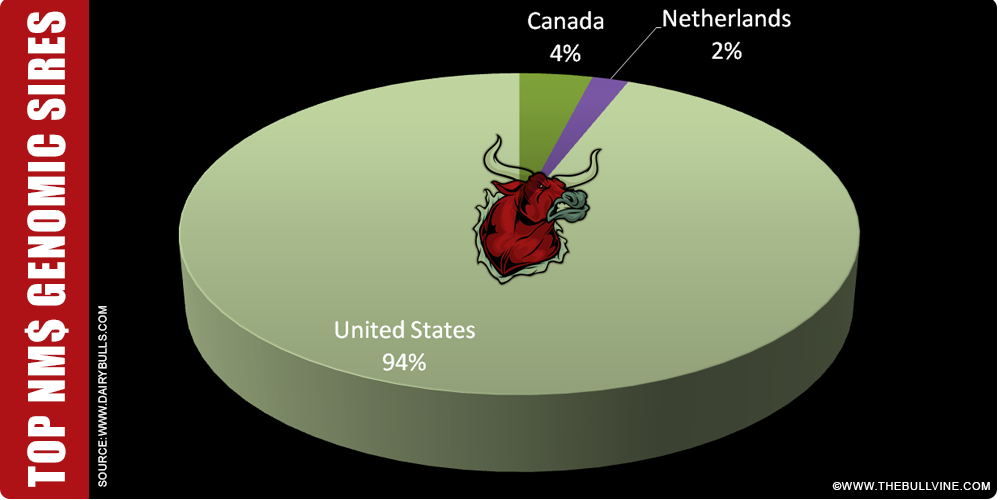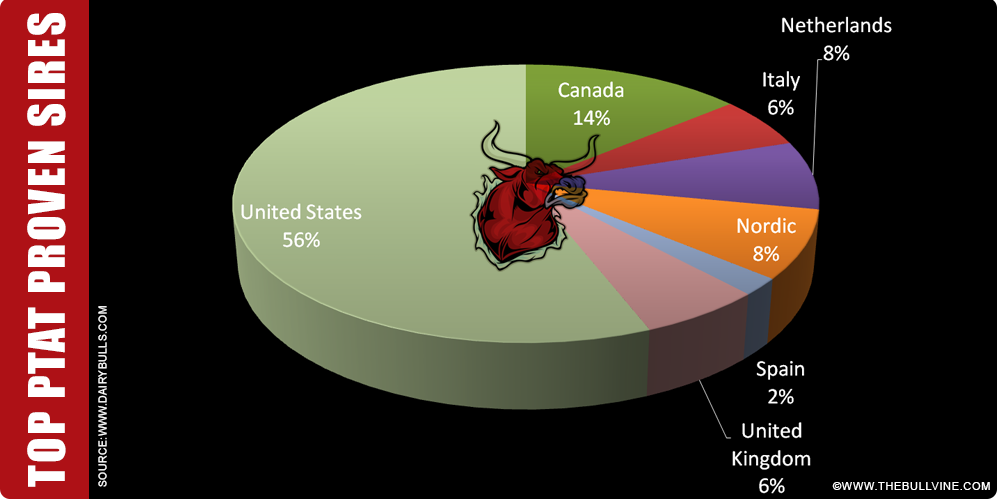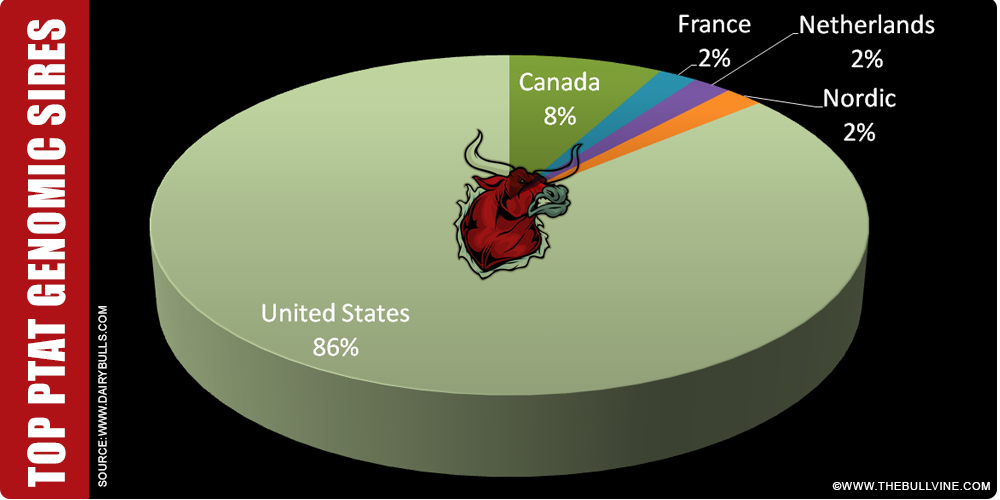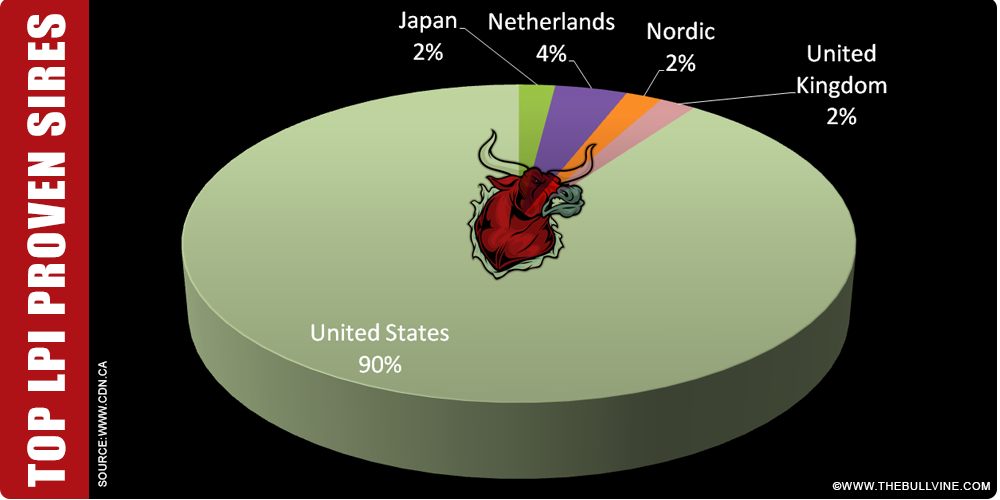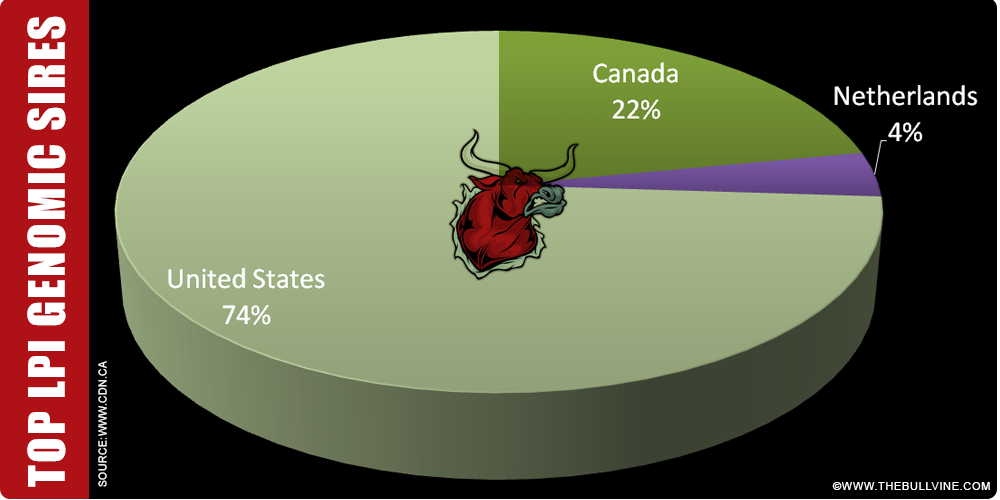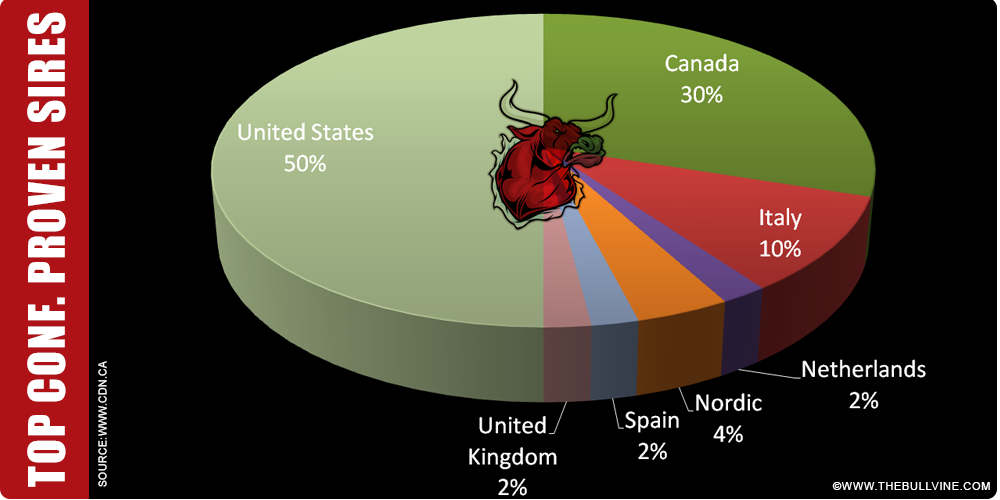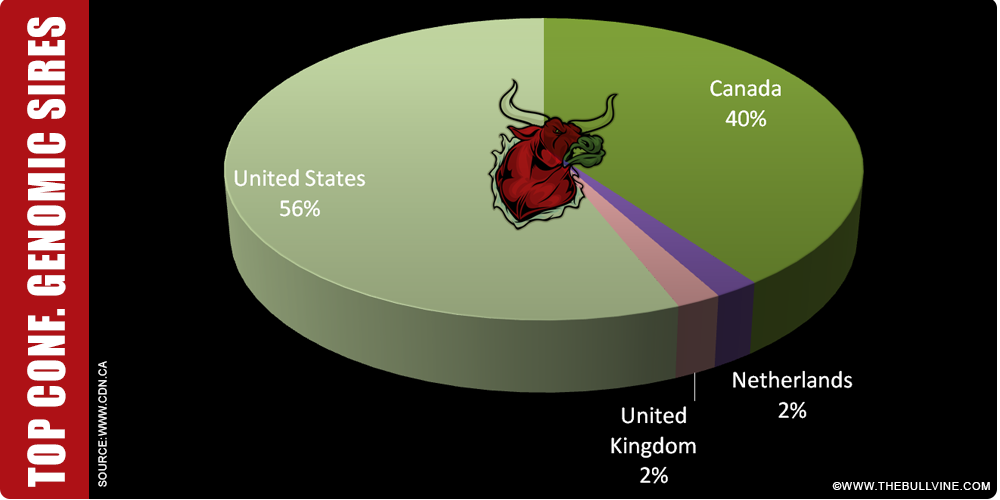Boost your income with embryo surrogacy. Could renting your cows’ uteruses be your farm’s following ample cash flow?
Summary: Embryo surrogacy offers a promising way for dairy farmers to earn extra income by using dairy cows as surrogate mothers for beef cattle embryos, solving the beef industry’s excess embryo problem and achieving higher conception rates. Farmers benefit from premium prices for these calves, potentially boosting the commercial beef herd and requiring excellent management. In Ohio, Jake Osborn and his son Wyatt partnered with a dairy farm, turning leftover embryos into six live newborns, showcasing this method as a viable extra cash source.
- Dairy cows can be surrogate mothers for beef cattle embryos, turning a surplus problem into a profitable solution.
- Utilizing dairy cows for embryo surrogacy can yield higher conception rates compared to traditional methods.
- Farmers receive a premium price for embryo calves, offering a potential boost in income.
- This practice can contribute to rebuilding the commercial beef cattle herd in the U.S.
- Successful implementation requires excellent management and knowledge of nutrition and calf care.
- Innovative collaborations, like the one between Jake Osborn and an Ohio dairy farm, demonstrate the viability of this method.

What if I told you that your dairy farm might make additional money by “renting out” its cows? Yes, you read it correctly. Consider your cows as surrogate moms. The current income trend for dairy farms is to get into embryo surrogacy, a relationship that offers high financial rewards. Intrigued? You should be. “Right now, there are so many more embryos sitting in tanks than sitting in cows,” said show stock photographer J. Brad Hook, host of the “Genuine JBH” podcast.
From Manure to Methane: The Creative Ways Dairy Farmers are Cashing In
Have you ever wondered how dairy farmers generate additional money besides selling milk? They are investigating new income sources, such as making composted manure a viable commodity for gardeners and farmers. It benefits the environment as well as their pocketbook.
Then there’s the increase of beef-cross calves. Farmers are capitalizing on the increased demand for meat by mating dairy cows with beef animals. These crossbred calves are reasonably priced, offering another revenue stream.
Not to add, some farms are becoming innovative with their resources. Consider producing methane-powered energy from cow poo! These farms are decreasing waste and lowering energy costs, with some even selling excess power back to the grid.
Have You Ever Thought About Renting Out Your Cows’
Have you ever wondered how dairy farmers make extra money besides selling milk? They are looking at additional revenue streams, such as making composted manure a marketable item for gardeners and farmers. This helps both the environment and their wallets.
Then there’s a surge in beef-cross calves. Farmers are capitalizing on the rising demand for meat by breeding dairy cows with beef animals. These crossbred calves are affordably priced, providing another money source.
Furthermore, some farms are becoming very resource-efficient. Consider generating methane-powered energy from cow dung! These farms are reducing waste and cutting energy costs, with some even selling extra energy back into the grid.
But you might be wondering why the beef industry needs this innovation.
But you may be asking why the meat market needs this innovation. According to J. Brad Hook, the supply of embryos has far outpaced the availability of beef recipient animals, particularly in today’s high-dollar-value beef sector. “Recip cows are now too costly to acquire. Custom beef recipient herds are fully booked and have significantly raised their rates owing to the worth of the animals,” he said.
Jake Osborn, a club calf producer from Lynchburg, Ohio, also contributes, emphasizing the financial benefits of this relationship. “At my location, a 20-30% fertilization rate on embryos was very normal, which is not favorable to producing money,” Osborn told me.” “Currently, we’re running 55-70% conception in the dairy cows, which is way better on IVF embryos than I’ll ever do at my house.”
Furthermore, Osborn highlights the practical advantages for dairy producers. “The dairy is capable of synchronizing a huge number of recipes simultaneously. “You can get a whole string of calves from the same mating, born just a few days apart,” he stated.
Embryo surrogacy is a possible answer to some of the beef industry’s most urgent issues, particularly the high cost and scarcity of meat-recipient cows. J. Brad Hook summarized it: “Right now, there are so many more embryos sitting in tanks than in cows.” This novel strategy has the potential not only to ease those concerns but also to generate new cash for dairy producers.
Jake Osborn’s Creative Collaboration: Turning Dairy Surrogacy into a Profitable Venture
Jake Osborn’s collaboration with an Ohio dairy farm demonstrates the possibility of embryo surrogacy to improve dairy profitability. Osborn and his son Wyatt worked with an 800-cow dairy to repurpose leftover embryos. Beginning with a small experiment of nine embryos, they produced six live newborns owing to the dairy’s synchronized breeding cycle and strict care for the cows’ health.
Osborn stressed the benefits of cooperating with the dairy farm, citing a substantially higher conception rate—55-70% vs 20-30% on his farm. The dairy’s success stems from its precision breeding procedures. The resultant calves had no difference in development or conformation from their dam-reared counterparts, demonstrating the attentive care given by the dairy workers, whom Osborn rewarded with incentives depending on the calves’ selling price.
Financially, the venture was profitable for both sides. The dairy earned a much higher price for the embryo calves than for its beef-cross calves, giving a consistent extra cash source. Meanwhile, Osborn successfully brought excellent embryos to life, providing buying families with gentler, well-handled show calves ideal for young handlers. This partnership demonstrates how innovation in agricultural operations may result in win-win situations for all parties involved.
Why Embryo Surrogacy Could Be Your Farm’s New Cash Cow
The advantages of using embryo surrogacy for dairy producers like yourself are many and considerable. One of the key advantages is that dairy cows have more excellent conception rates than average beef recipients. You may wonder why conception rates are crucial. Higher conception rates result in more successful pregnancies, calves, and, eventually, more money.
Furthermore, you may charge higher fees for calves born from these embryos. Osborn said the dairy earns more than the already healthy $800–$900 per head for beef-cross calves. This assures a consistent and profitable revenue stream, providing a valuable financial buffer to your conventional dairy business. It’s all about maximizing each cow’s potential in your herd, increasing their value.
So, if you’re seeking a strategy to increase your farm’s profitability and efficiency, embryo surrogacy might be the creative option you’ve been looking for. It’s a win-win scenario, with more results for the same work.
The High-Quality and Family-Friendly Calves Emerging from Embryo Surrogacy
The calves born via embryo surrogacy have shown exceptional quality and demeanor. Regarding development and conformation, Osborn’s calves are indistinguishable from those raised in dams. This high level of quality is mainly due to the meticulous care given by the dairy’s outstanding caretaker, who ensures that the calves flourish and achieve high standards.
Furthermore, the temperament of these show calves has proven beneficial. Families that purchase these calves are especially impressed with their gentle attitude and willingness to lead, making them perfect for young caretakers. Osborn pointed out, “You can buy one for your 10-year-old without worrying about them getting hurt.” This temperament difference provides customers with peace of mind and distinguishes surrogate-born calves.
If You’re Wondering About the Bottom Line, Let’s Break It Down
If you’re curious about the bottom line, let us break it down. Traditional beef-cross calves cost a reasonable $800-900 per head. However, the cost of embryo surrogacy is much higher. Consider Osborn’s business, for example. His carefully nourished embryo calves fetch prices that exceed this baseline, often at a premium to conventional procedures.
Let’s try some elementary math. The difference is startling if a typical beef-cross calf earns $850 on average and an embryo calf earns $4,000-$5,000 per head. Even at a lesser cost of $4,000, the income is over five times higher (4,000 / 850 = around 4.7). Multiply this by 150 calves, and your potential profits rise from $127,500 to an impressive $600,000. That’s before you factor in any extra expenditures.
The price per calf isn’t the only important aspect here; teamwork also results in more excellent conception rates and simplified operations. This increased efficiency and premium pricing make embryo surrogacy a feasible and perhaps transformational option for your dairy farm.
Weighing the Risks: Challenges Every Dairy Farmer Should Know About Embryo Surrogacy
Of course, every opportunity has its own set of problems and hazards. Embryo surrogacy is no exception. Let’s start with the initial investment expenses. While the rewards might be substantial, starting up may need a considerable initial investment. You will need to acquire high-quality embryos, which are not inexpensive. Not to mention the expenditures associated with hormonal synchronization and veterinary care. This may make some farmers afraid to enter this terrain.
Then, there’s the requirement for specialized expertise. If you’re considering embryo surrogacy, you should be prepared to learn new skills or employ someone who already does. The technological know-how used during embryo implantation may significantly impact the success rate. It’s not just about implanting an embryo in a cow; it’s about doing it correctly to increase your chances of a healthy pregnancy.
During the procedure, complications may emerge. Even with experienced hands at work, conception rates may be a problem. Mistakes in hormone delivery or timing might result in unsuccessful implantations. Furthermore, if the receiving cow has stress or health concerns, it may undermine the whole operation. Calves may not flourish as predicted, introducing another degree of danger. Embryo transfer is both an artistic and a scientific process.
The Sky’s the Limit: Unlocking New Horizons with Embryo Surrogacy
Looking forward, the possibilities for embryo surrogacy business options are endless. Consider bespoke raisers that specialize in raising embryo calves from birth and developing them into high-quality show cattle. This might be game-changing for purebred cattle ranchers looking to expand their herds without the trouble of controlling pregnancies.
Another promising option is to use dairy cows to help restore the commercial beef cattle herd in the United States. Did you know the nation’s beef herd is now the lowest it has been in over 70 years? Dairy cows calving out beef embryos may provide a much-needed remedy. This methodology might increase beef output by giving a more consistent and efficient means of herd growth.
These prospects don’t simply benefit the cattle business. They’re also a lifeline for dairy farmers wanting to diversify their revenue sources in an age when every dollar matters. So, why not pursue this novel path? Your farm might be at the forefront of a whole new specialized industry in agriculture.
The Bottom Line
For dairy producers, diversifying revenue sources is more important than ever. From innovative methane-powered energy to beef-cross calves, new avenues are opening up for extra money. Embryo surrogacy, the newest game-changer, benefits the dairy and meat sectors. By taking advantage of dairy cows’ natural reproductive cycles, you may pay a premium over market prices for embryo calves. Consider how this may fit into your organization after seeing how Jake Osborn is benefiting from it. It’s not only about making additional money but also maximizing resource use and increasing the commercial beef cattle herd. Consider renting out your cows’ uteruses since this might be an untapped specialty.
 Download “The Ultimate Dairy Breeders Guide to Beef on Dairy Integration” Now!
Download “The Ultimate Dairy Breeders Guide to Beef on Dairy Integration” Now!
Are you eager to discover the benefits of integrating beef genetics into your dairy herd? “The Ultimate Dairy Breeders Guide to Beef on Dairy Integration” is your key to enhancing productivity and profitability. This guide is explicitly designed for progressive dairy breeders, from choosing the best beef breeds for dairy integration to advanced genetic selection tips. Get practical management practices to elevate your breeding program. Understand the use of proven beef sires, from selection to offspring performance. Gain actionable insights through expert advice and real-world case studies. Learn about marketing, financial planning, and market assessment to maximize profitability. Dive into the world of beef-on-dairy integration. Leverage the latest genetic tools and technologies to enhance your livestock quality. By the end of this guide, you’ll make informed decisions, boost farm efficiency, and effectively diversify your business. Embark on this journey with us and unlock the full potential of your dairy herd with beef-on-dairy integration. Get Started!








